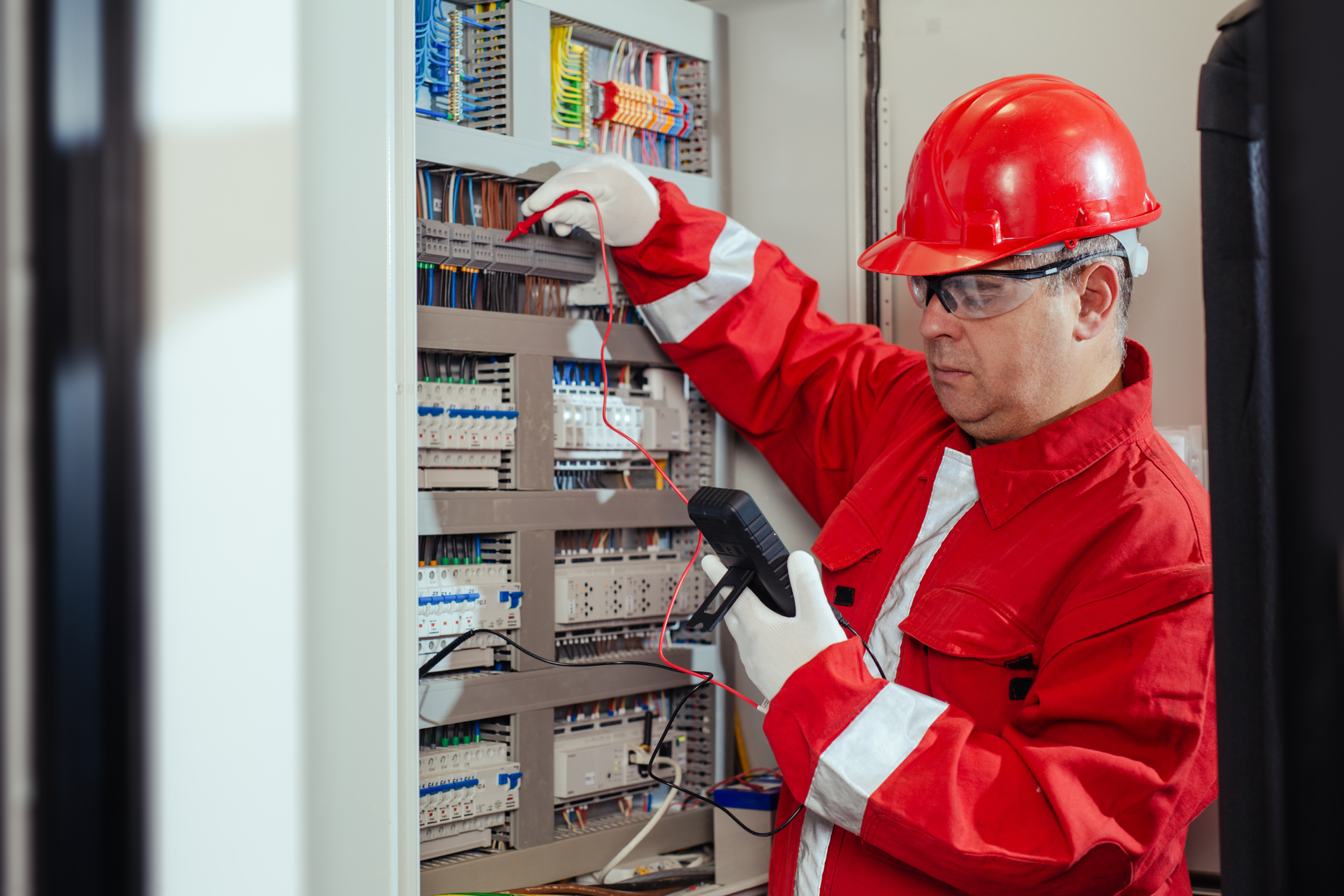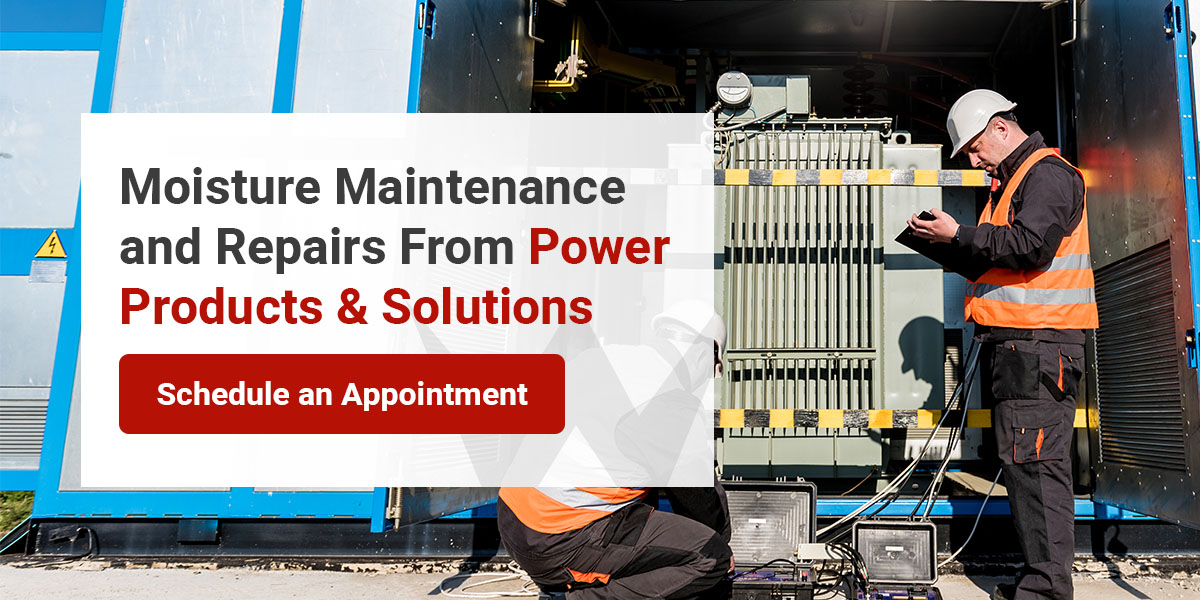As transformers age, moisture can accumulate in the tank in different ways. Both the oil and paper insulation can absorb moisture from the air, and need to be serviced to prevent future problems. Consistently using a transformer with too much moisture in the tank can cause a host of issues you should be mindful of, no matter the type.
In this post, we’ll cover a few dangers of moisture in transformers and what you can do to reverse and prevent moisture from accumulating again.
Dangers of Moisture in Transformers
If moisture levels are left unchecked, transformers can experience a variety of complications, including:
- Accelerated aging: High moisture levels in a transformer can cut its lifetime in half. Water ingress—when water enters a device like a transformer—can corrode metal, eventually causing rust and deterioration of internal components. If left unfixed, the water can cause even cause metal components to swell, contract and crack.
- Sudden breakdowns: Water is a poor conductor of heat, quickly displacing the oil responsible for cooling the machine. With too much water present, a transformer can quickly overheat and fail. Over time, this can permanently damage the transformer.
- Risk of combustions: If the moisture saturation level gets too high, the water mixing with electrical equipment can increase the risk of explosions. This issue is especially true if water enters the transformer and comes in contact with an electrical fault.
Moisture can enter transformers in various ways or develop from the inside. For example, free water at the bottom of the tank can suspend or decay oil oxidation products, which can release emulsified water.
Mechanical parts like bushings, covers, radiator flanges, lids, gauges or pressure-relief devices can also begin to leak as they age and with repeated exposure to moisture and water.
How to Remove High Moisture in Transformers
To reduce water or moisture in a transformer, dehydrating oil in the transformer is the most common method. While this method is temporary, it can save your transformer from significant damage.
Drying out the insulation is the only way to ensure your transformer is rid of its internal moisture. Some methods include vacuum dry-out, installation of drying column equipment, or factory dry-out in a repair facility.
Depending on the type of transformer, you may also want to have a transformer oil moisture detector or sensor installed.
Preventing Moisture-Related Transformer Issues
To protect transformers and prevent them from accumulating moisture, it’s important to:
- Schedule regular inspections
- Promptly fix leaks
- Replace worn-out parts
- Implement emergency response plans
Schedule Transformer Moisture Testing and Maintenance
Schedule an appointment with Power Products & Solutions if you need help diagnosing, repairing, and maintaining your transformers and staying on top of their moisture content.
We provide regular maintenance and inspections for transformers to ensure yours is running safely and efficiently.


